Boasting a wealth of world-class features, the RX1R II looks incredible on paper. Callum McInerney-Riley finds out if it has held its place as king of the compacts
Sony RX1R II review
Sony RX1R II review – Image Quality
As the RX1R II features the same 42.4-million-pixel Exmor R back-illuminated CMOS sensor as the Sony Alpha 7R II, we were expecting good results – and we were not disappointed. This sensor is class-leading, giving extremely good performance all round. The dynamic range is exceptional, giving over 13 stops of dynamic range and, importantly, retaining dynamic range rather well across the ISO range. Aided by the high-quality lens, the sensor can also resolve a large amount of detail right the way through the ISO range. The new variable optical low-pass filter system works well to combat moiré while not compromising much on loss of detail. Noise is well controlled, and I would comfortably shoot all day long between ISO 50 and ISO 6,400. Overall, the colour rendition is good, with bright and punchy colours in JPEGs that are true to the scene.
Dynamic range
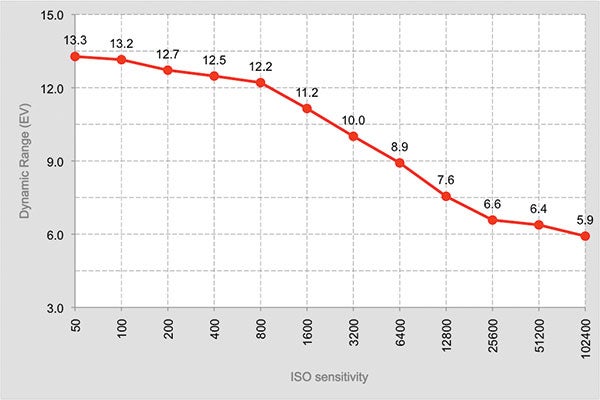
Our tests reveal that the Sony RX1R II sensor is capable of capturing over 13 stops of dynamic range. This makes it one of the best full-frame cameras we have ever tested, and in practice it’s easy to see there’s a wealth of information in both shadows and highlights. It retains a respectable dynamic range right up to ISO 800, only dropping by just over a stop to 12.2EV. Thereafter, full-stop ISO increments drop in dynamic range by around 1 stop each, with ISO 16,00 achieving 11.2EV and ISO 12,800 recording 7.6EV.
Resolution
In the top set of crops we show how Sony’s new variable OLPF tackles moiré patterning. A score of 5,600l/ph is gained at ISO 100 when the LPF is turned off, and although it has obvious signs of colour moiré and grid-like aliasing, it boasts extremely good resolution. In the LPF standard mode, and at the same ISO, a score of 5,200l/ph is achieved; LPF high gives a 4,800l/ph score. Looking at high ISOs, an impressive 3,800l/ph is achieved from an ISO 6,400 file, while ISO 25,600 scores 3,400l/ph, and ISO 102,400 achieves 3,000l/ph.

ISO 100
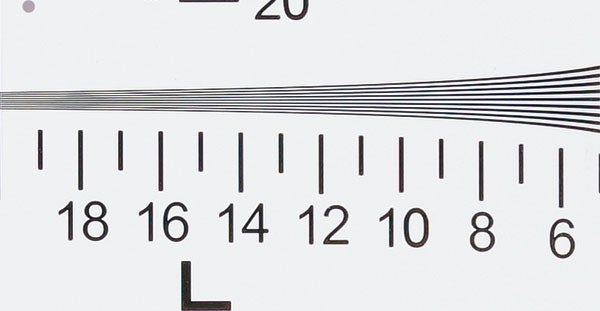
ISO 400
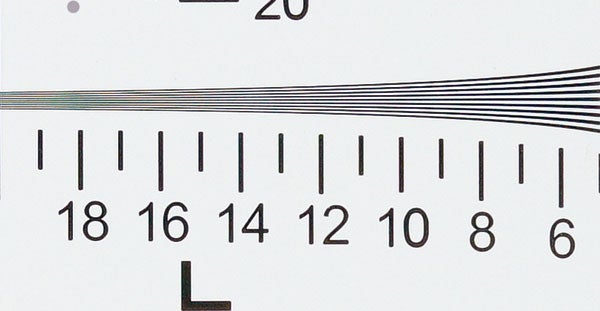
ISO 1,600
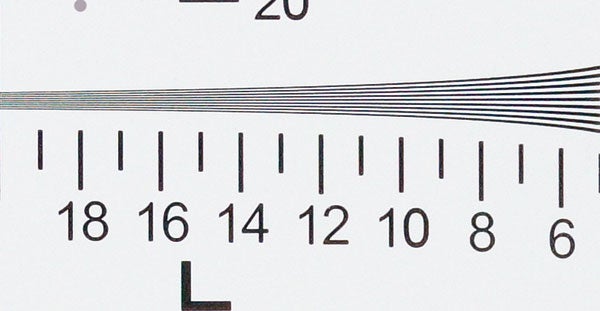
ISO 6,400
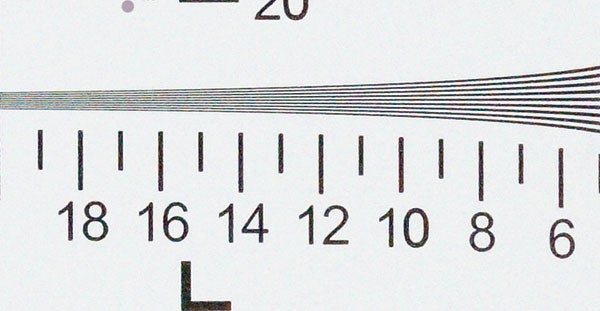
ISO 25,600
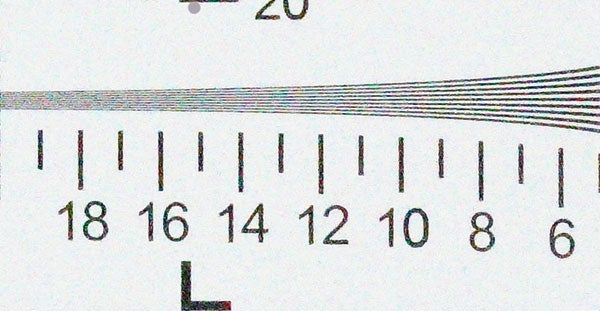
ISO 102,400
Noise
Both raw and JPEG images taken from our diorama scene are captured at the full range of ISO settings. The camera is placed in its default setting for JPEG images. Raw images are sharpened and noise-reduction applied to strike the best balance between resolution and noise.
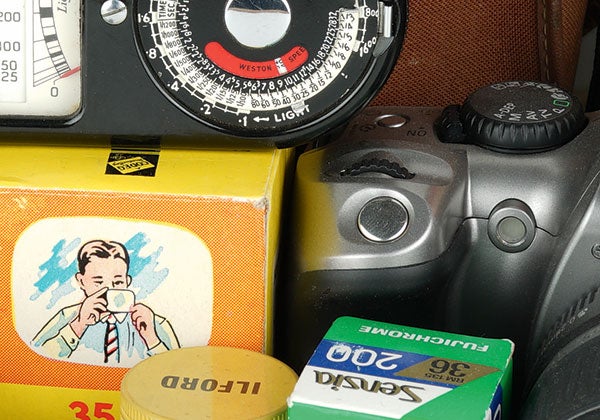
ISO 50

ISO 400
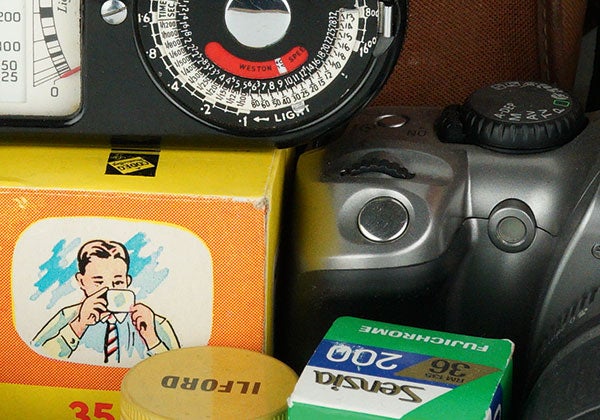
ISO 1,600
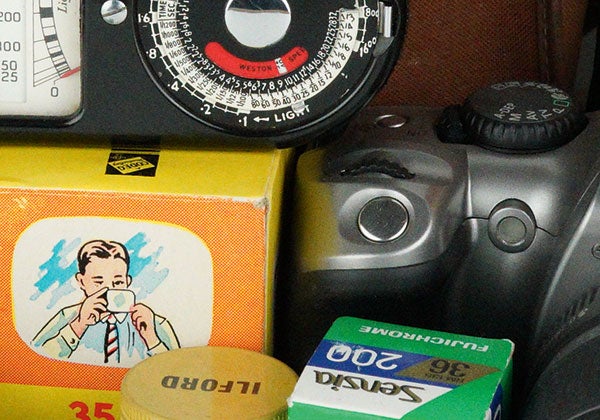
ISO 6,400
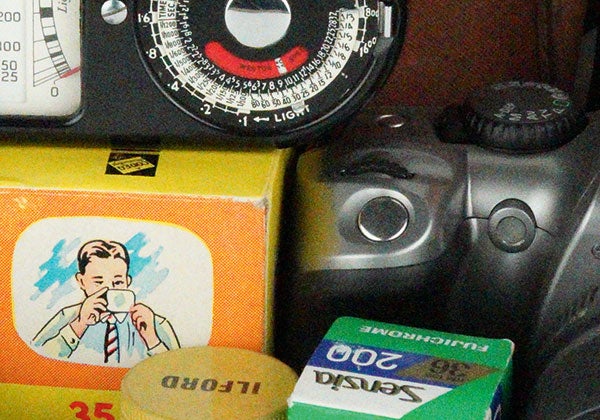
ISO 25,600
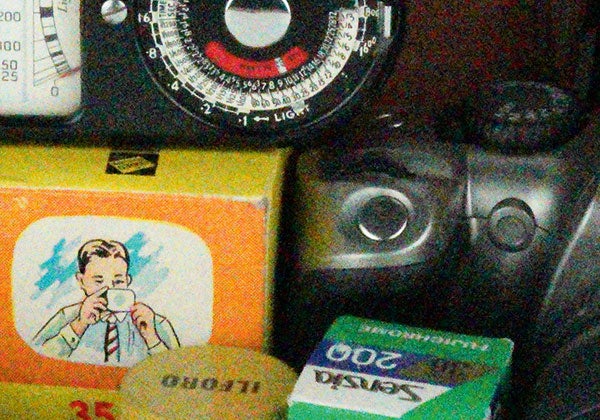
ISO 102,400
At its lowest standard sensitivity of ISO 100, the Sony RX1R II gives fantastically detailed and clean results in both raw and JPEG files. This good form continues right the way up to ISO 800. After this, it’s possible to see some luminance noise on a pixel level, although with such a high-resolution file it’s hard to notice noise on anything from 100 through to ISO 6,400 when previewing an uncropped image A4 or smaller. Even when lightening the shadows extensively at ISO 6,400 there’s not much luminance noise to be seen, and while the finer detail is smudgy in JPEG, it’s possible to get a fair bit more from processing a raw file. At the top-end native sensitivity of ISO 25,600 much of the finer detail is lost and colour noise starts to appear, but it’s still a usable file when the shadows aren’t pushed extensively. At the extended ISO 102,400 sensitivity noise is quite extensive, especially in JPEGs.




